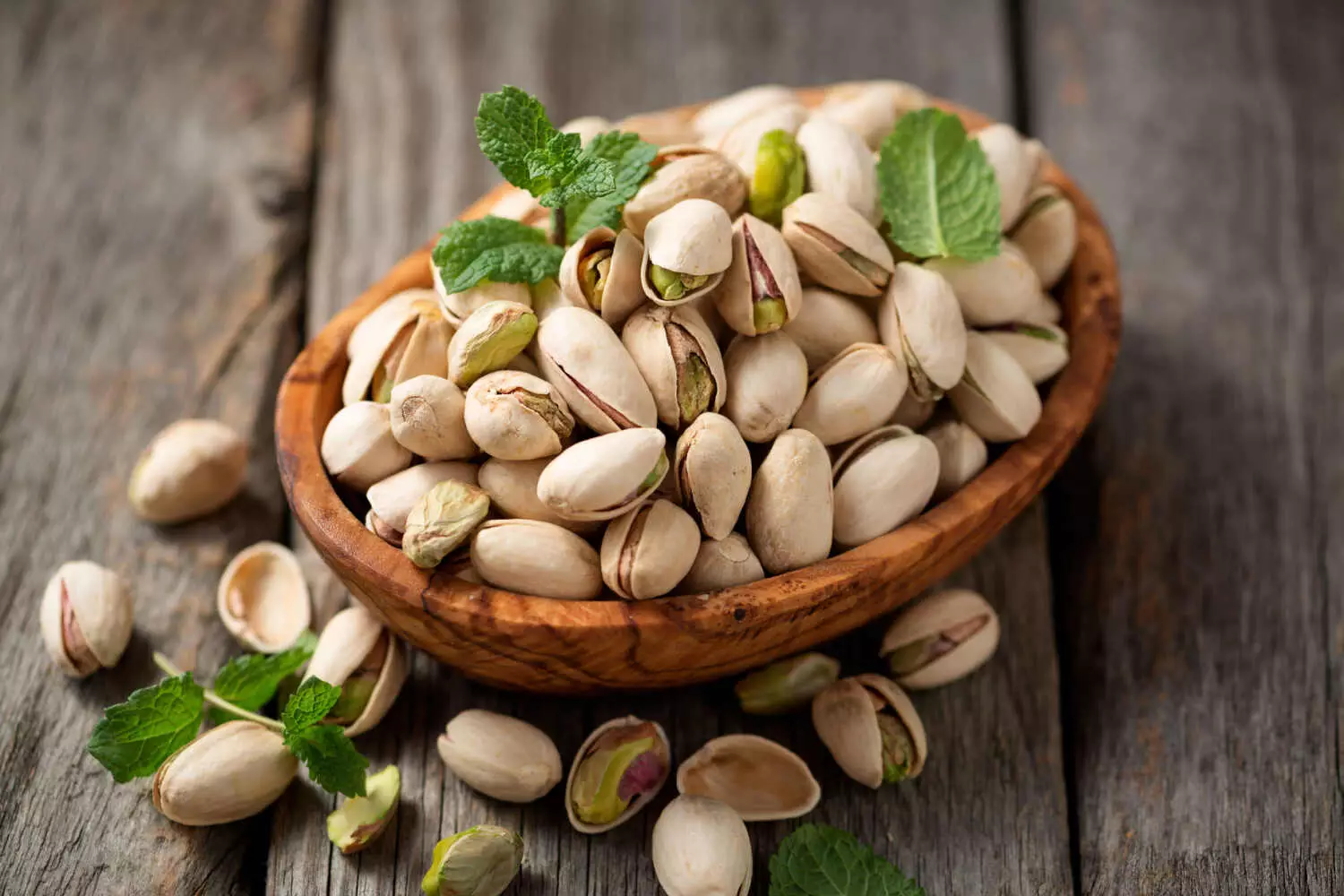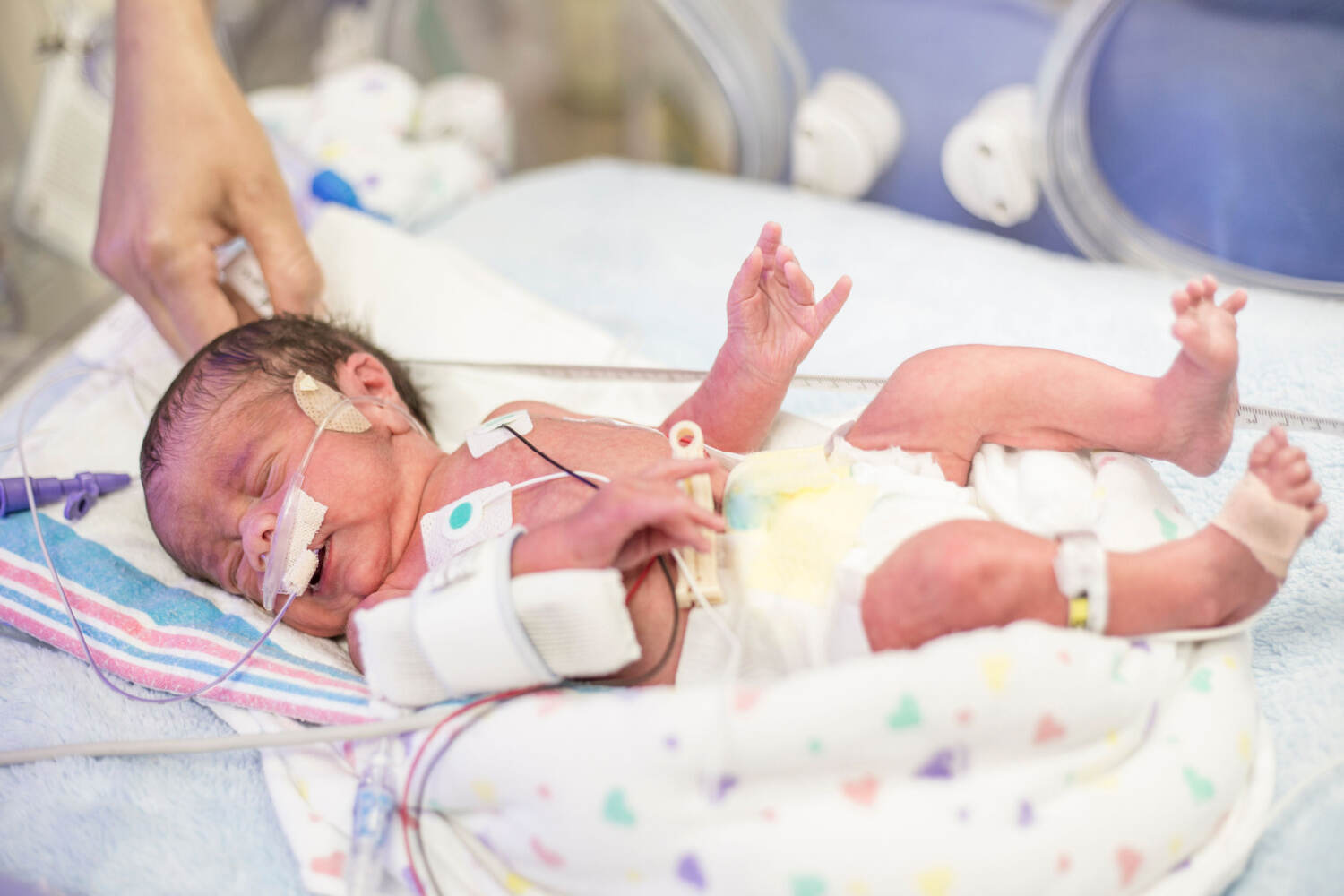
Combining Bottle And Breastfeeding For The Baby
5 min readWritten by Editorial Team


Experts recommend continuing breastfeeding even after introducing solids to a child (during the sixth month). Find out everything about combining bottle and breastfeeding.
Most mothers are aware of the benefits of breastfeeding for themselves and the baby and understand that they should breastfeed their child exclusively for the first six months. However, even then they sometimes have to consider combining bottles and breastfeeding.
In This Article
- Why Mothers Choose Early Bottle Feeding?
- Factors That Should Be Considered Before Starting Combined Feeds
- When Can I Start To Combine Bottle And Breast Feeding?
- What Factors Should Be Considered Before Combining Bottle And Breast Feeding?
- Before beginning a combined feeding schedule
- Is Gap Between Two Formula Feedings The Same As the Gaps Between Two Breast Feedings?
- Tips To Combine Bottle And Breast Feeding?
Why Mothers Choose Early Bottle Feeding?
Nowadays, there are several reasons why the mother may choose to introduce a bottle at some point even before six months.
These can include:
- Reasons pertaining to going back to work.
- Physical issues of mothers that make breastfeeding difficult.
- The baby is not getting enough breast milk.
- If the mother needs extra sleep or rest.
- If the mother is concerned about breastfeeding in public.
- Twins or more babies to feed.
- The baby is not gaining weight properly.
Factors That Should Be Considered Before Starting Combined Feeds
For whatsoever reason that may force you to introduce a bottle for your little one (with expressed milk or formula milk), you have to keep in mind that:
- The longer you are able to nurse the baby better, and you should wait at least 8 weeks to combine the two as otherwise your milk supply will get affected.
- Breastfeeding is more beneficial than bottle feeding the expressed milk.
- Whatever quantity of breast milk is better than feeding the baby just formula.
- As breastfeeding becomes less frequent, the production of breast milk will also gradually come down.
- Though formula provides all the vital nutrients and helps to gain weight in the baby, there are some unique. elements that only breast milk can provide, which improve the immune system of the baby.
Considering all these factors, combining bottles and breastfeeding is the best practical solution than stopping breastfeeding altogether. If you are producing a good amount of breast milk, you can pump and store it and give your baby by bottle. Otherwise, you can bottle-feed the baby with formula.
When Can I Start To Combine Bottle And Breast Feeding?
If you have a newborn, you might need to hold up combining the bottle and breastfeeding until he is at least 8 weeks old. On the other hand, if your infant is over a month old if needed, you can offer bottle-feeding along with breastfeeding at any time, provided the doctors approve the same.
If possible, hold up until your infant’s no less than eight weeks old. Waiting this long will set up a good breastfeeding routine so that occasional bottle-feeding will not hinder the breastfeeding routine excessively.
What Factors Should Be Considered Before Combining Bottle And Breastfeeding For The Baby?

Before beginning a combined feeding schedule:
- It will be more beneficial to talk over with breastfeeding experts to work out how much formula ought to be used, the intervals between formula and breastfeeding, and how to increase your breast milk supply (that is if the milk supply is an issue), by examining the age, weight, and health of the baby
- Introducing bottles instead of breasts should be bought gradually. Your breasts will take three to seven days to be adjusted with the missing feed(s). It’s better to leave out one feed per week, preferably the daytime feed. This will help your breasts not to become uncomfortable and leak abruptly and save you from mastitis
- Even if your baby likes to be bottle-fed, you may, in any case, breastfeed him, especially morning and night (if you are a working woman), or without a long break (whatever is applicable to you). Remember, breastfeeding is a remarkable time for the mother and child where they share a special bond
- Whenever you used to feed your baby, try to pump or express the milk so that you can maintain your milk production level
Is Gap Between Two Formula Feedings The Same As the Gaps Between Two Breast Feedings?
No. The gap between two formula feedings can be more than that of a gap between two breastfeeds. After a meal of formula, the baby can stay longer without a need for another feed, than when he is breastfed. This is because the formula takes more time to digest than breast milk. So the baby will not feel hungry for a longer time.
Tips To Combining Bottle And Breastfeeding For The Baby
The combination of bottle and breastfeeding relies on the circumstance in which you opt for it.
1. Use expressed Milk

If possible, bottle-feed the baby with expressed milk rather than formula. No need to waste the breast milk by expressing it (if you are lucky enough to have it in abundance)
You can offer bottle feed:
Before Breastfeeding
If your child is sick and not suckling the breast properly.
In Between Breastfeeds
If your child is not getting enough milk from your breast, yet he needs to be breastfed to calm down and settle, you can try to bottle feed him in between the breastfeeds so that he will be no more hungry.
After Breastfeeding
It is always advantageous for the baby to get as much as breast milk possible. Therefore, even if you produce less milk, let the baby feed your breast first and finish the feeding with bottle milk (remember to restrict the quantity of bottle milk to the optimum level)
Instead of Breastfeeding
If you go out for a while (working) breastfeeding can be substituted by bottle-feeding
2. Seek Help
It is better to ask someone else to bottle feed the baby instead of the mother. This way you can avoid the baby getting confused bottle-feeding as breastfeeding.
This will help, as:
- Your baby will pick the cue that he can spend time with his mother only during breastfeeding. Therefore, he will not refuse to take the breast.
- The baby will show no lack of interest in feeding with the bottle, as you are not bottle-feeding him. He knows that he is not going to get the comfort of your skin contact. Result – He will not refuse to feed from a bottle.
4. Restrict One Time Quantity Of Bottle Feeding

Never let the baby’s stomach be ‘full’ while bottle-feeding. This will make him refuse the breast milk, especially if the mother has decreased milk supply. Therefore, keep the portion of milk when bottle feeding lower. If needed, you can increase the frequency. However, the “one-time” quantity must be restricted.
5. Expect Some Change In Poop
Do not get worried if there is any change in the stool of your baby once he starts to have the formula. The appearance and odor will change when the baby starts to be bottle-fed with formula.
6. Change The Position Of The Bottle
When bottle-feeding, the bottle should be changed from one position to another. This is to avoid the ‘side preference’, which can later interfere with breastfeeding.
If you are going back to work and have dropped day feeds, bonding over the breast may just be the thing that you and your baby will look forward to once you get back home. Once you introduce solids to the baby, the breastfeeding sessions may just reduce towards both ends of the day. This will again cut the need for breast and formula milk altogether.
Find out if formula feeding makes a child chubbier here.

Editorial Team,
With a rich experience in pregnancy and parenting, our team of experts create insightful, well-curated, and easy-to-read content for our to-be-parents and parents at all stages of parenting.Read more.
Responses (0)
Want curated content sharply tailored for your exact stage of parenting?
Related articles

Baa Baa Black Sheep Rhyme For Babies

Pistachios For Babies – When to Introduce, Benefits and Side Effects

Psoriasis and Breastfeeding – Is it Safe, Treatment & Tips to Manage

Congenital Diaphragmatic Hernia in Babies – What is it, Types, and Complications

How to Prepare Your Baby For Doctor’s Visits – Challenges and Tips

Kissing a Baby – Is it Safe?
Sponsored content
Discover great local businesses around you for your kids.
Get regular updates, great recommendations and other right stuff at the right time.





